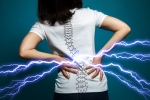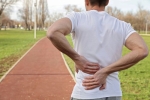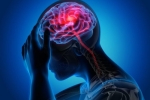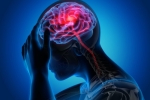Can Yoga Ease Your Pain?
Have a pain problem and wondering if yoga can help? I understand – not just as a doctor, but also as a patient. I took up yoga when I was struggling with a knee problem, well over a decade ago now. While I initially experimented with yoga with the hope that it would improve how my knee felt, I soon discovered that it could help me in much bigger ways, including bettering my mood, teaching me to better manage stress, and just plain helping me smile after a rough day. Frankly, I have found yoga to be so impactful that I can’t imagine going without it – and yes, it did seem to reduce the pain in my knee.
























